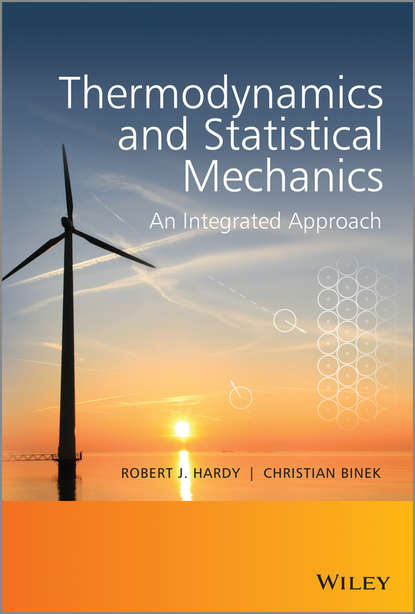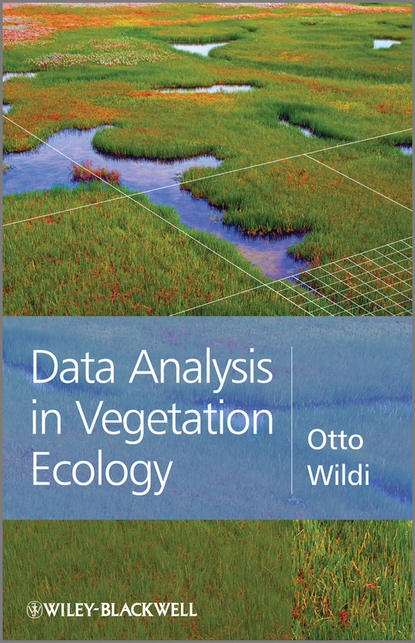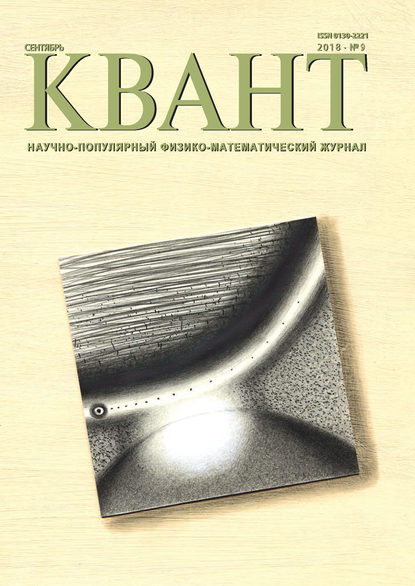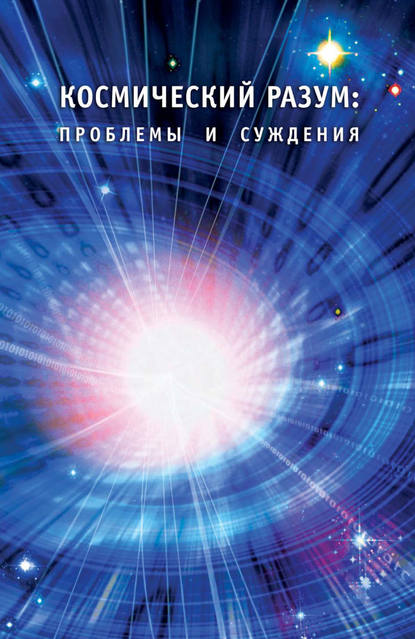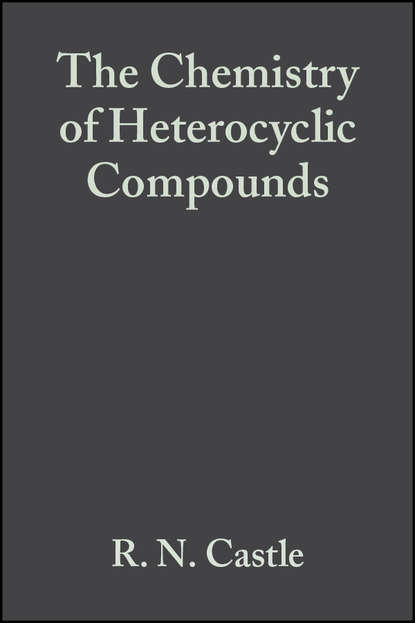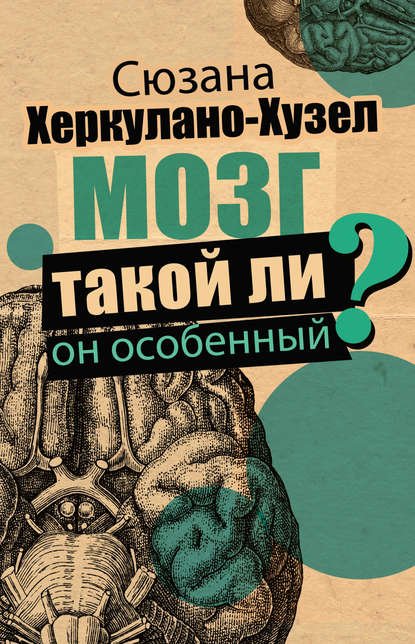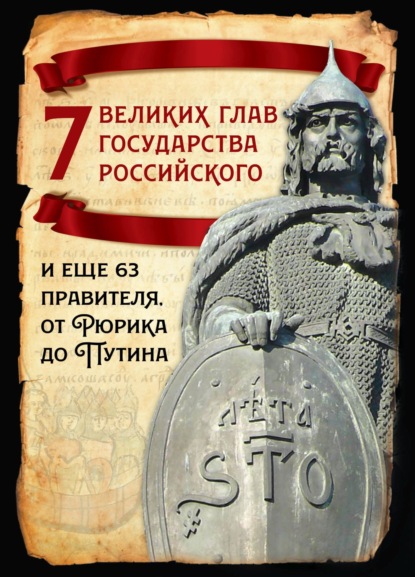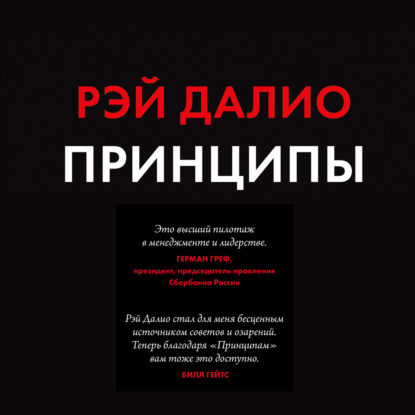Этот учебник объединяет основы макроскопических и микроскопических аспектов термодинамики и статистической механики, представляя их как взаимодополняющие теории на основе небольшого количества постулатов. Книга предназначена для преподавателей высших учебных заведений, которые могут структурировать курсы для студентов старших курсов и начинающих аспирантов, и написана по принципу того, что хороший учебник должен быть также хорошей справочной книгой. Представление термодинамики следует логике Клаузиуса и Кельвина, связывая вовлеченные понятия с знакомыми явлениями и современными знаниями студента о атомной природе вещества. Еще одной уникальной особенностью книги является обработка математики. Основные математические концепции кратко обзорны перед их использованием, и подчеркивается сходство математики с другими областями физики. В тексте дается подробное изложение низкотемпературных газов, гармонических твердых тел, магнитных и диэлектрических материалов, фазовых переходов и концепции энтропии. Микроканонический, канонический и гранд-канонический ансамбли статистической механики выводятся и используются как отправная точка для анализа флуктуаций, излучения абсолютно черного тела, распределения Максвелла, статистики Ферми-Дирака, конденсации Бозе-Эйнштейна и статистической основы компьютерных симуляций. Дополнительный материал, включая слайды PowerPoint и подробные проработанные решения, можно загрузить онлайн на http://booksupport.wiley.com.
This textbook brings together fundamentals of macroscopics and microscopics of thermal physics introducing thermodynamics and statistics as supplementary theories grounded in a small number of fundamental premises. Comprehensive training on principles, formulary, and actualization of the subject is combined with effective organization of the learning process and practice guidance allowing the lecturer semiflexibility defining courses for competitive undergrads and/or initial graduate scholars and under the observation of the argument that a outstanding author should also function as a outstanding text-assistant. Clear language combines with explicit subtleties in the presentation of thermodynamic discipline paralleling the thought process of Clausius. Certain characteristic aspects of the author work are the methodical treatment of mathematic complications: fundamental mathematical principles are reviewed briefly before being used along with clarity regarding the similarity with the terminology employed by other branches of physical science stressed. Subtle treatments of vital issues such as low gas density, harmonious bodies, electromagnetic and electrical substances, phase transits, and mystery of entropy spoil the preview. Results in statistical physics - micro-canonical, standard, vast canonical groups - derive and compose the foundation for the estimation of fluctuations, full force radiation, Maxwelling's course of action, Fermie-Deisian statistics, Bose - Einseynificantiation, and statistical dogma of computer simulation are presented. Supplemental materials consisting of PowerPoint remarks and profoundly analyzed solutions are separate downloadable from http:// booksupport. wiley.
Электронная Книга «Thermodynamics and Statistical Mechanics. An Integrated Approach» написана автором Hardy Robert J. в году.
Минимальный возраст читателя: 0
Язык: Английский
ISBN: 9781118676387
Описание книги от Hardy Robert J.
This textbook brings together the fundamentals of the macroscopic and microscopic aspects of thermal physics by presenting thermodynamics and statistical mechanics as complementary theories based on small numbers of postulates. The book is designed to give the instructor flexibility in structuring courses for advanced undergraduates and/or beginning graduate students and is written on the principle that a good text should also be a good reference. The presentation of thermodynamics follows the logic of Clausius and Kelvin while relating the concepts involved to familiar phenomena and the modern student's knowledge of the atomic nature of matter. Another unique aspect of the book is the treatment of the mathematics involved. The essential mathematical concepts are briefly reviewed before using them, and the similarity of the mathematics to that employed in other fields of physics is emphasized. The text gives in depth treatments of low density gases, harmonic solids, magnetic and dielectric materials, phase transitions, and the concept of entropy. The microcanonical, canonical, and grand canonical ensembles of statistical mechanics are derived and used as the starting point for the analysis of fluctuations, blackbody radiation, the Maxwell distribution, Fermi-Dirac statistics, Bose-Einstein condensation, and the statistical basis of computer simulations. Supplementary material including PowerPoint slides and detailed worked solutions can be downloaded online at http://booksupport.wiley.com
